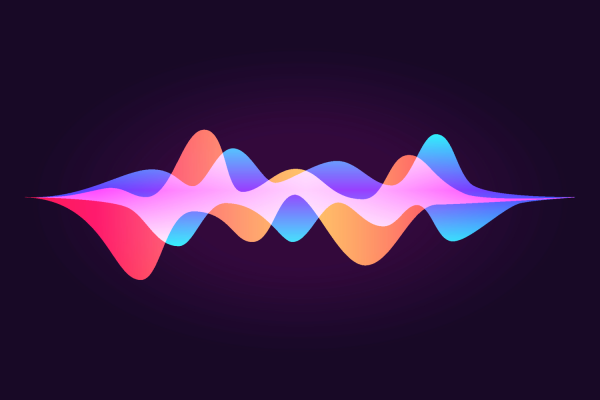The human voice can be used by machine learning to identify a person's age, gender, ethnicity, social and economic status, and more. As you would expect, voice recognition is big business. With an increase in use raises the risk voiceprints could be used for targeted advertising or that potential criminals could seek to obtain a recording of a user saying "yes" to impersonate the user for robocall scams. As a result, researchers are investigating privacy techniques such as anonymisation or obfuscation to protect user voice data.

What is this page?
You are reading a summary article on the Privacy Newsfeed, a free resource for DPOs and other professionals with privacy or data protection responsibilities helping them stay informed of industry news all in one place. The information here is a brief snippet relating to a single piece of original content or several articles about a common topic or thread. The main contributor is listed in the top left-hand corner, just beneath the article title.
The Privacy Newsfeed monitors over 300 global publications, of which more than 5,750 summary articles have been posted to the online archive dating back to the beginning of 2020. A weekly roundup is available by email every Friday.
